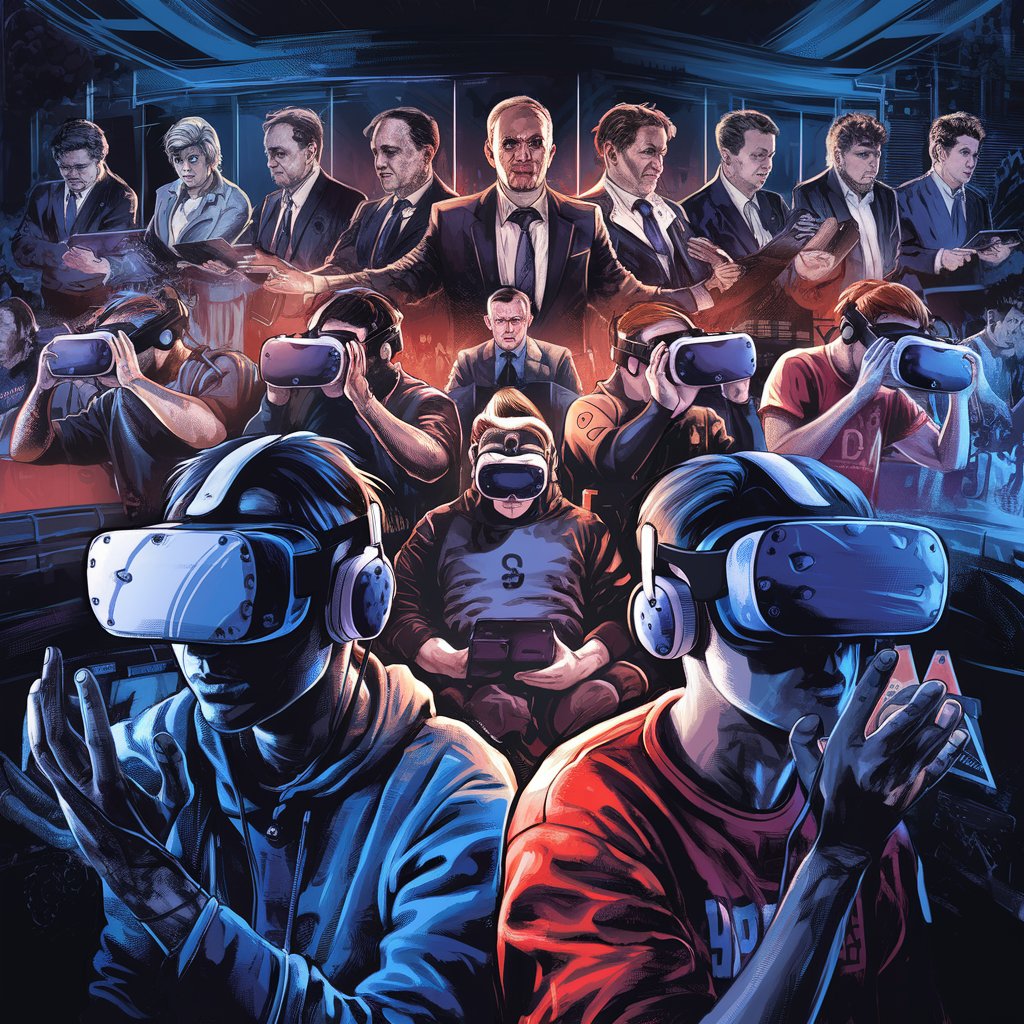Implementing virtual reality (VR) in high-stakes competitive tournaments presents a unique set of challenges that need to be addressed to ensure a seamless and fair gaming experience. As VR technology advances and becomes more prevalent in the gaming world, integrating it into competitive gaming environments requires careful consideration of several key factors.
One of the primary challenges is the cost associated with VR technology. High-quality VR headsets and equipment are often expensive, and setting up VR stations for multiple players in a tournament setting can be prohibitively costly. This financial barrier can limit the accessibility of VR for many competitive gaming organizations and players, potentially creating disparities between well-funded teams and those with fewer resources.
Another significant challenge is ensuring a uniform and fair playing field. In traditional competitive gaming, ensuring consistency across different setups is relatively straightforward. However, in VR, each player’s experience can be influenced by the individual calibration of their equipment, the physical space they have available, and even the software settings used. Maintaining uniformity in these factors is crucial for fair competition. Tournament organizers must implement rigorous standards and testing procedures to ensure that all players have an equal experience.
The physical space required for VR gaming is another critical consideration. Unlike traditional setups where players are seated at desks, VR requires ample space for movement and safety. In a tournament setting, this means designing and arranging a physical space that accommodates multiple VR stations while allowing players enough room to move without risk of injury. This spatial requirement adds a layer of complexity to event planning and venue selection.
Technical issues also pose a significant challenge. VR systems are sophisticated and can be prone to technical difficulties such as connectivity issues, hardware malfunctions, or software bugs. During high-stakes tournaments, the potential for technical problems can disrupt gameplay and affect the overall experience. Ensuring that there is adequate technical support and backup systems in place is essential to address these issues promptly and minimize disruptions.
Additionally, the potential for motion sickness in VR can impact player performance and comfort. VR gaming often involves rapid movements and changes in perspective that can cause nausea or disorientation in some players. Tournament organizers must consider the well-being of participants by providing adequate breaks and ensuring that the VR experiences are optimized to minimize discomfort.
Lastly, the integration of VR into high-stakes tournaments requires new approaches to broadcasting and spectator engagement. Traditional esports broadcasts rely on capturing and displaying gameplay from a fixed perspective, but VR introduces a new dimension where spectators may want to experience the game from the players’ viewpoints. Developing innovative ways to broadcast VR content in a way that is engaging and accessible to audiences is a key challenge that tournament organizers must address.
In summary, while VR has the potential to transform high-stakes competitive gaming, its implementation comes with several challenges. From the costs and logistical considerations to technical issues and spectator engagement, addressing these challenges is crucial for successfully integrating VR into competitive tournaments. As technology and solutions continue to evolve, overcoming these hurdles will pave the way for a new era of immersive and competitive gaming experiences.

